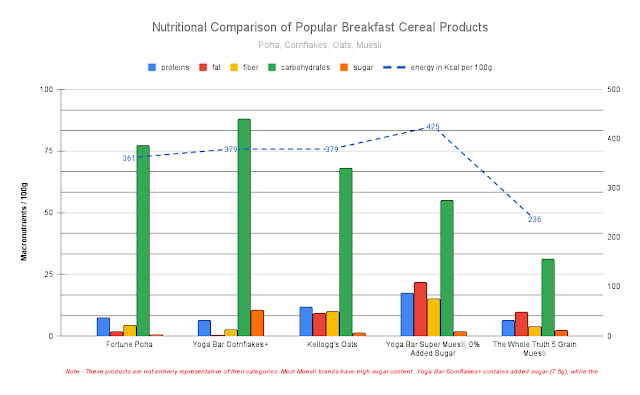Takeaways from "The Pink Book: Your Guide for Safe and Nutritious Food at Home"
Some takeaways from The Pink Book: Your Guide for Safe and Nutritious Food at Home published by Food Safety and Standards Authority of India (FSSAI).
- All oils are 100% fat, and therefore, should be consumed in recommended quantities only.
- No plant-based oil contains cholesterol.
- Some oils are more easily absorbed than others but 1 gm of any oil will give the same amount of energy, i.e., 9 kcal.
- Every kind of oil has some percentage of saturated fats, even though some oils contain more saturated fats than others.
- Often low fat foods have extra sugar, refined flour or starch thickeners to make them taste better. These ingredients add calories from carbohydrates, which may lead to weight gain.
- Brown bread need not mean whole wheat bread. Brown bread is often coloured with caramel colour and may have only a small percentage of wheat flour. To be genuinely labelled 'whole wheat bread', it must be at least 50% whole wheat.
- Even a small amount of spoiled food can cause health problems. When in doubt, throw it out.
- Class I preservatives are preferred over class II.
- Choose low fat milk and cheese to avoid the risk of cardio-vascular (heart) diseases.
- When buying fruit juices, choose 100% juices without added sugar.
- Do not refrigerate bananas, as they will turn black.
- Do not use the refrigerator to cool foods that are at high temperatures. The escaping steam will not only increase the frost formation on the refrigerator coils, but will also increase the temperature inside the refrigerator, thus favouring growth of dormant microbes. Cool such foods quickly before placing them in the refrigerator.
- Clean your refrigerator inside out every two weeks.
- Defrost your refrigerator every two weeks, if it is not a frost-free model, preferably at the time of cleaning.
- The World Health Organization (WHO) recommends an intake of 2 grams of sodium per day, which is about 5 grams of salt per day. This is equivalent to 1 teaspoon per day.
- Tips For Repurposing Leftovers -
• Leftover dais can be added to atta to make delicious rotis.
• Leftover vegetables can be made into patties and eaten with bread sandwiches.
• Leftover rice can be re-cooked to make lemon rice, puliyogare etc.




Comments
Post a Comment